Intersections: From My 'Personal Archive'
by Niv Karthikeyan
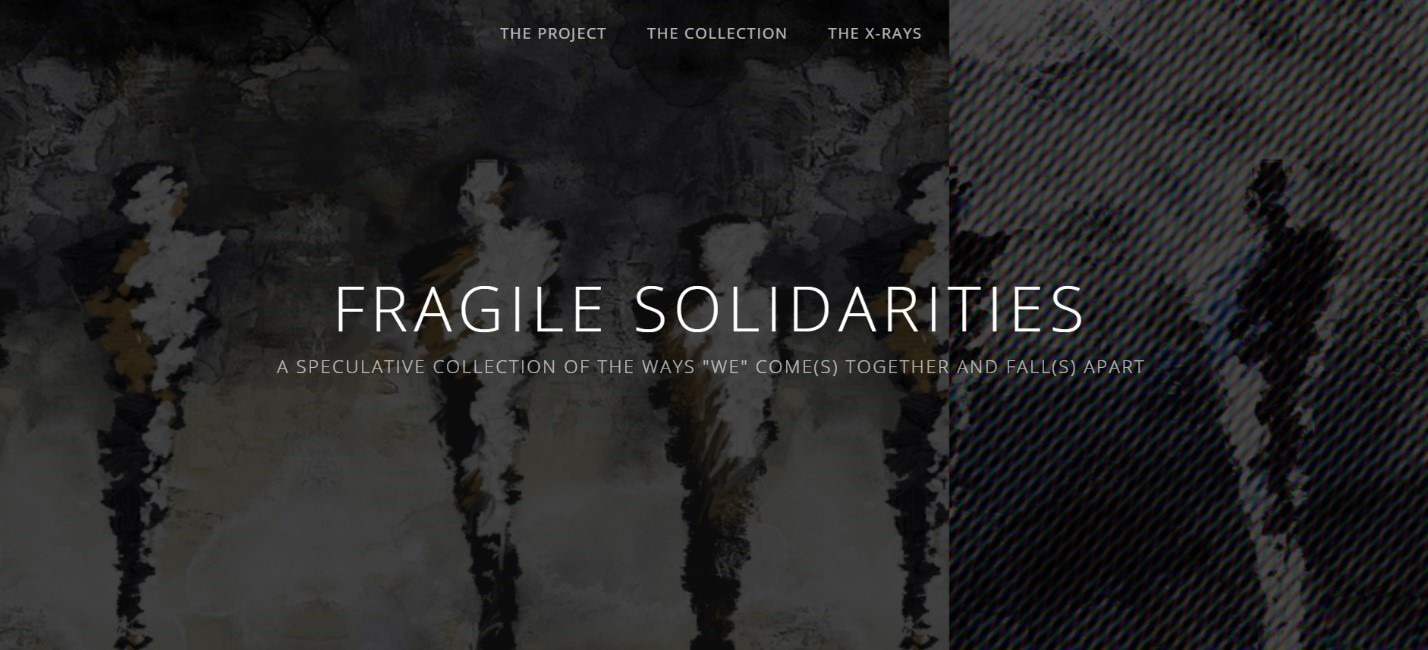
Intersections: Building Solidarity Through Community Archives
The last seven months have been transformative. To give you a taste of the projects I have been working on, the communities I have connected with, and the ways that my experiences have allowed me to start reimagining both myself and the world, I wanted to share a mini-collection from my “personal archive.” Each of the items below was generated during this first half of my Chang Prize year. Each also highlights the three major contexts in which I have been working – first, with staff, alumni, and faculty at Caltech to add histories of campus resistance to the institute’s archives; second, with staff at the community-based South Asian American Digital Archive (SAADA) to document, preserve, and share South Asian American stories and directly learn about the responsibilities and ethics of working with community histories; and, third and most recently, in an independent artistic and historical research venture to produce a digital reflection on solidarity.
But before you begin scrolling through the items, let me offer some reflections.
In some ways, each one of the three spaces I highlighted differs drastically from the other two. One brings me into the boundaries of a traditional academic institution, another into the realm of a nonprofit deeply rooted in community, and the third into my own intellectual space as a scholar and historian. Yet, as I reflect at this halfway point of my year-long exploration, I am taken aback by the shared lessons I have drawn from all three.
I started this project expecting to build my own community archive. I thought it would house collections focused on the historical coalitions and alliances forged between marginalized communities – a digital space as chock full of glimpses into past ways of being together as it was full of bits of conviction that we could create new, future ways, too. But as I went through the process of building such a collection (on a much smaller scale) for my old community at Caltech, and as I co-authored and helped put together an anthology of community history at SAADA (the book, Our Stories: An Introduction to South Asian America, is currently on sale), I had to take a step back from my visions and reflect on my ethics. Any materials I collected would not just be historical ephemera. They would not just be stuff divorced from the present, beautiful and profound to consider from a temporal and emotional distance, but, rather, real and intimate pieces of their communities. They would have deep and meaningful worth far beyond any “project.” I realized that collecting such materials would require trusting relationships and a genuine, long-term commitment to protecting those community’s memories. It was not something I could rush through in a year, nor build over Zoom in the shadow of a pandemic, physically distanced from the communities I would be collaborating with.
Such reflection forced me to consider that the most valuable thing an organizer or scholar could do, in some cases, is to put aside their ego and decide not to pursue a project.
Deciding not to do has allowed me to do better and, perhaps ironically, more. It has allowed me to add to the collections and the thoughtful work being done at SAADA and in the Caltech Archives. It has also allowed me to fundamentally reconceive what a project on “intersections” ought to look like.
My original vision for Intersections required my drawing a direct line from past to future, as if one could pre-package bite-sized bits of “historical inspiration” into multicolored pills, ready to be prescribed and swallowed at the next sign of societal illness. “Look!” each pill would say, “Here’s the medicine you need! The answer was inside you all along, just do what you’ve already done!” All this is not to say that one can’t draw lessons or inspiration from our histories, but rather a question of, if we only look to our histories for lessons or inspiration, are we limiting our futures to only that which can be built on the rotted foundations of today? Are we insisting that our futures be rooted in and draw from and resemble our pasts?
I draw here upon a rich body of theory and practice with roots in Afrofuturism; speculative art, design, and literature; and queer and feminist media studies. In particular, I build on the concept of “futurist imaginaries,” or, as scholar Alexis Lothian describes in Old Futures: Speculative Fiction and Queer Possibility, “the possible and impossible futures speculated by and for oppressed populations and deviant individuals, who have been marked as futureless or simply left out by dominant imaginaries.” Imagining – or speculating – such futures allows a rejection of that which may appear obvious or requisite or immutable today. Speculative work is thus not meant to generate solutions, but to allow for unbridled exploration. It does not seek to “end the troubles but to end the world that created those particular troubles as the ones that must be opposed” (Jack Halberstam in Fred Moten’s and Stefano Harney’s The Undercommons: Fugitive Planning and Black Study). Scholar Aimee Bahng writes of such speculation in Migrant Futures: Decolonizing Speculation in Financial Times as:
“a modality more fundamentally rooted in inconclusive reflection; tidy resolution is not its ultimate goal. Rather, the term “speculation” carries with it a sense of lingering conjecture and registers hypothesis as beyond so-called fact. Speculative fiction is a genre of inventing other possibilities (alternative realities, upside-down hierarchies, and supernatural interventions)… While speculation embraces an ethic of meticulous inquiry, it shifts the emphasis of scientific pursuit from fact-chasing to experiment-reveling.”
Or to put it more concisely, in the words of the brilliant late science fiction author Octavia E. Butler, “You’ve got to make your own worlds. You’ve got to write yourself in.”
It is this tradition that I draw upon in my most recent project, a work-in-progress titled Fragile Solidarities. Rather than focus on what solidarity has looked like in the past, Fragile Solidarities will entwine a speculative collection on solidarity with a series of meditative, analytical writings that will reckon with concepts of togetherness, rejection, belonging, and community-making. It will highlight future possibilities on what solidarities could be and suggest past alternatives on what they could have been.
The concept of a speculative collection has been established and explored in recent archival studies scholarship. Scholar Bethany Nowviskie, for example, highlighted the term in a 2016 keynote talk at the Hazen Symposium titled “Speculative Collections and the Emancipatory Library.” Contrasting traditional collections with speculative ones, Nowviskie noted:
“…digital humanities collections—archival and otherwise—are more likely to be taken by their users as memorializing, conservative, limited, and suggestive of a linear view of history than as problem-solving, branching, generative, non-teleological. This is a design problem. We’re building our digital libraries to be received by audiences as lenses for retrospect, rather than as stages to be leapt upon by performers, by co-creators. In other words, they’re not the improv platforms they should be: spaces for projection, planning, performance, speculation.”
Fragile Solidarities follows the intention of the latter. It will ask questions such as, “Can you have solidarity without having exclusion? What would it look like for the “perfect” solidarity/ies to be achieved? Can solidarity last? Must it be fleeting? Must it be strong? Can it be precarious? Can it draw strength from precarity, from fragility? What does all that say about solidarity, itself?” The final item in my mini-collection offers the briefest glimpse into this project, which I will be sharing in the months to come as a digital publication that draws upon both historical research and artistic practices. I am excited to share more of it in my next update.
But, for now, I offer the mini-collection below in the hopes that it gives you a taste of each of the spaces I have been occupying and a snapshot of the possibilities the Chang Prize has enabled me to explore thus far – as well as those that still remain ahead.
Word to Express Scribe to My Brain to Word
Material: Video Recording
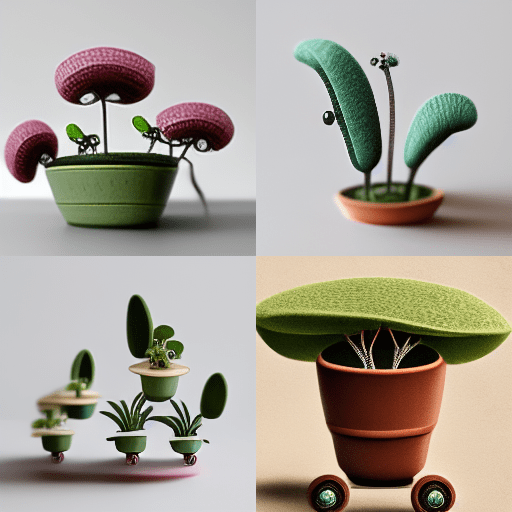
Item History: April 8, 2021 (Oral history whose audio is highlighted conducted); August 9, 2021 (Recording created by me)
Description: After collecting oral histories with Caltech alumni (including Dr. Edray Goins, Jennifer Caron Oldham, and Dr. Thomas Jovin) who were deeply committed to campus advocacy, activism, and organizing as students, the oral histories have been going through a process of transcription, editing, and revision. This item shares a re-enacting of what the first stage of that process looks like, as I listen to and transcribe (or in some cases auto-transcribe, listen to, and edit) the audio files.
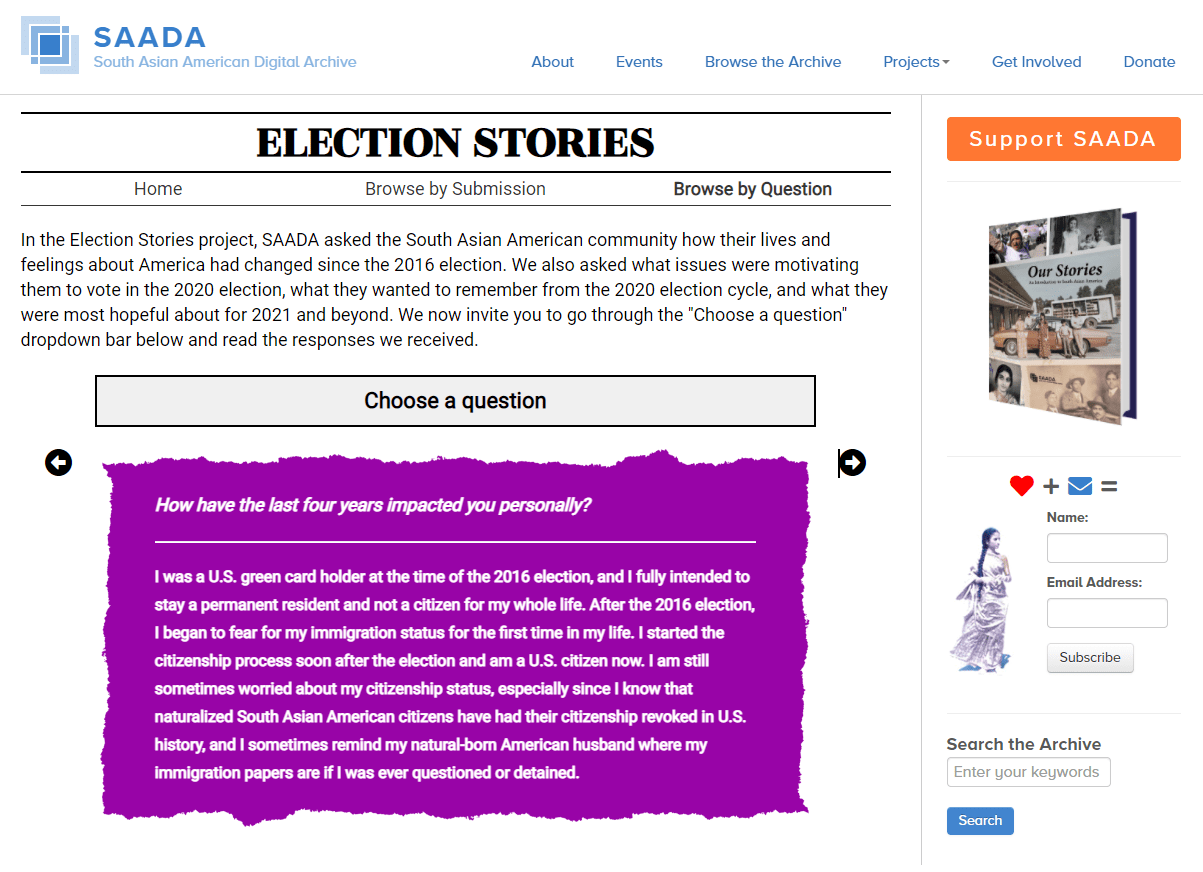
A SAADA Community Storytelling Project
Material: Screenshot image of a webpage
Item History: April 2021 (Webpage created at saada.org/electionstories); August 9, 2021 (Screenshot created by me)
Description: SAADA is an archive created by, for, and with the South Asian American community. One way that the archive invites active community engagement is through digital, participatory projects (here, “Election Stories 2020”) where members of the public can share personal stories to be shared (here, reflections on the “hopes, fears, feelings and memories that marked their lives in the lead up to the 2020 presidential election”). This item highlights the early work I did at SAADA creating webpages sharing these election stories.
Explaining Yourselves to Others
Material: PowerPoint Slide containing images from a historical magazine article
Item History: May 2021 (Slide created by me); 1907 (Magazine article titled “The Hindu in the Northwest” written by Werter D. Dodd for the 13th volume of World Today)
Description: While a community-based archive serves and is served by the community whose history it remembers, there are also frequent points of interaction (including points of instruction and resource sharing) with external communities. In some ways and in some instances, the archive and its staff become ambassadors of their community’s history. This item is from a panel presentation I gave as a representative of SAADA for a New Jersey State Bar Association session on Asian American and Pacific Islander (AAPI) legal and community history and covers primary accounts of the 1907 “anti-Hindu” Bellingham Riot.


(Literal) Lessons in Digital Preservation
Material: Image of a flowchart model
Item History: April 2021 (Image shared in a Library Juice Academy course, “Digital Repository Fundamentals and Design”); June 2021 (Image updated by the Bodleian Libraries at the University of Oxford at https://libguides.bodleian.ox.ac.uk/digitalpreservation/oaismodel)
Description: Through my work at SAADA and a grant from the Digital Preservation Outreach & Education Network, I took a six week course offered by the librarians’ and archivists’ professional development organization, Library Juice Academy, on “Digital Repository Fundamentals and Design.” The course highlighted considerations for building digital collections, including notes on the infrastructure, curation, and ethical considerations of such collections. Lessons from the course significantly added to my theoretical understanding of and training in digital archival work. This item is a flowchart of the Open Archival Information Systems (OAIS) Reference Model, a popular conceptual model for a digital archive that was shared during the class.
Colors of a Conference
Material: Screenshot of a digital calendar
Item History: August 2021 (digital conference calendar created by the Society of American Archivists); August 6, 2021 (Screenshot created by me);
Description: Through my work at SAADA and a grant from the DigitalPreservation Outreach & Education Network, I was able to attend the annual (now virtual) meeting of the Society of American Archivists. The conference added to my knowledge of and engagement in the archival field, shedding light on current themes and questions being considered within the broader intellectual community and connecting me with professional networks. This item is a snapshot of the full calendar from the conference.

Our Stories: An Introduction to South Asian America
Material: Collage of photos of a book
Item History: July 8, 2021 (Book published); August 5, 2021 (Images of book taken)
Description: Our Stories is a nearly 500-page anthology written by 64 authors that “weaves together the myriad histories, experiences, perspectives, and identities that make up theSouth Asian American community. This volume consists of ten chapters that explore both the history of South Asian America, spanning from the 1780s through the present day, and various aspects of the South Asian American experience, from civic engagement to family.” Working on Our Stories, co-writing the introduction, and helping get it published and onto the shelves of schools, libraries, and homes around the country has been an absolute privilege and a highlight of my year so far. It has shown me how rigorously intellectual work can be the stuff of community-building. In a physical collection, this item would have been a copy of the book itself – here, it is a collage of photos of the book. The physical book is also currently available for sale and donation to schools and libraries across the country.

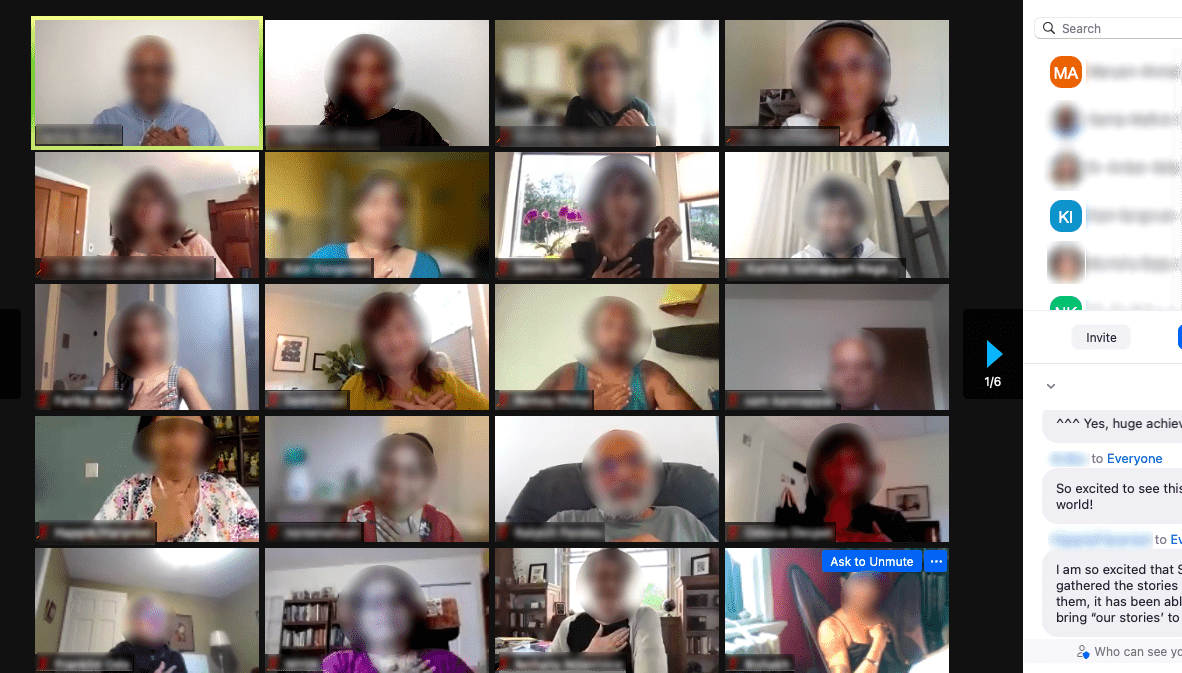
Joy, Celebration, and Reflection
Material: Screenshot from a Zoom recording
Item History: July 8, 2021 (Zoom meeting held and screenshot created)
Description: Over the six years that Our Stories was in the works, an incredible community formed around the book. That community included the book’s 64 authors, its 22 community reviewers (who read and provided feedback on early editions of the book), its 407 original Kickstarter backers (who made the production of the book possible in the first place), and the hundreds of other individuals whose support, feedback, labor, thought, and love went into the final creation. This item is a screenshot from a Zoom celebration event SAADA hosted on July 8 to celebrate the publication of Our Stories with the community that made the book possible. The event was also a valuable reminder for me of the importance of creating spaces of joy, celebration, and reflection for the communities you build and sustain. I am so happy to have been a part of it.
The Mundanity of Organizing (or Emails. Lots of Emails)
Material: Screenshot of an Gmail inbox
Item History: July 21-28, 2021 (Emails sent and received); August 9, 2021 (Screenshot created)
Description:My work with SAADA and Our Stories has brought me into networks of educational advocacy, as advocate and organizing groups around the country have begun to push for the inclusion of Asian American and Pacific Islander (AAPI) histories and stories in public K-12 school curricula, and turned to Our Stories as an educational resource. I have been able to learn from the thoughtful, grass-roots strategies of groups like the South AsianEducational Justice Coalition, Make Us Visible NJ, and others, and the brilliant organizers who share their time, labor, and care with those groups.This item is a small sampling of emails that are behind just one of those group’s (Make Us Visible NJ’s) efforts. It shares a slice of the mundanity behind meaningful work – the emails that must be sent, the documents that must be written, the communication that must happen to keep everyone in the loop, and the coordinating that allows the work to continue.

The Beginning of Fragile Solidarities
Material: Screenshot of a webpage
Item History: August 7, 2021 (Screenshot created);
Description: This item (with the title “Fragile Solidarities” and the subtitle “A Speculative Collection of the Ways ‘We’ Come(s) Together and Fall(s) Apart”) is a first glimpse of the upcoming digital publication. Please check back in later in the fall to see more of the project.

-
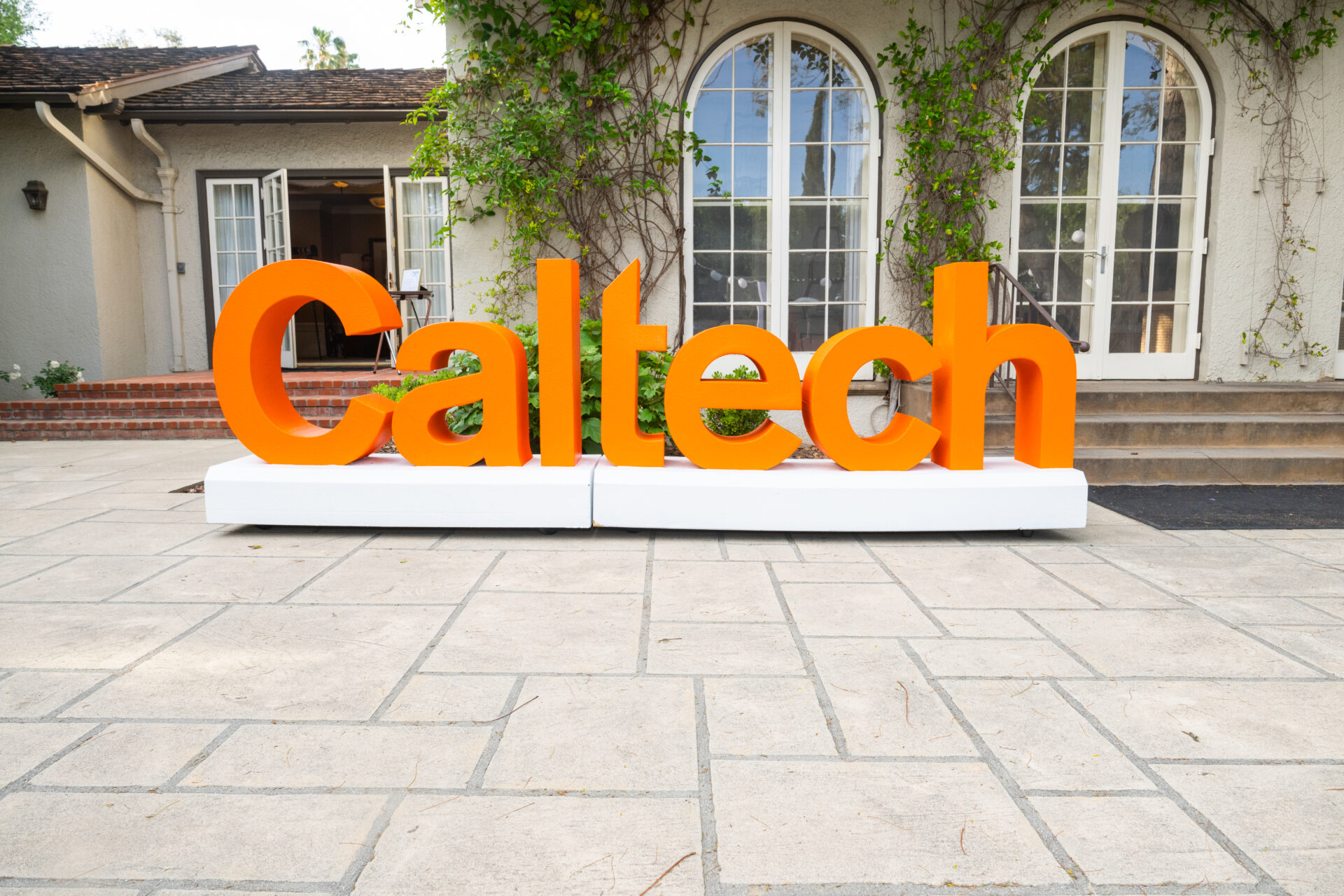
Caltech Alumni Association Announces 2026 Board-Nominated Slate
We are pleased to announce the 2026 board-nominated slate for the Caltech Alumni Association Board of Directors.
-

Scenes from Seminar Day 2025: Techer Families Join a Day of Discovery
View highlights from Caltech’s 88th Seminar Day with a photo gallery of campus tours, faculty lectures, student talks, and the debut of Seminar Day...
-
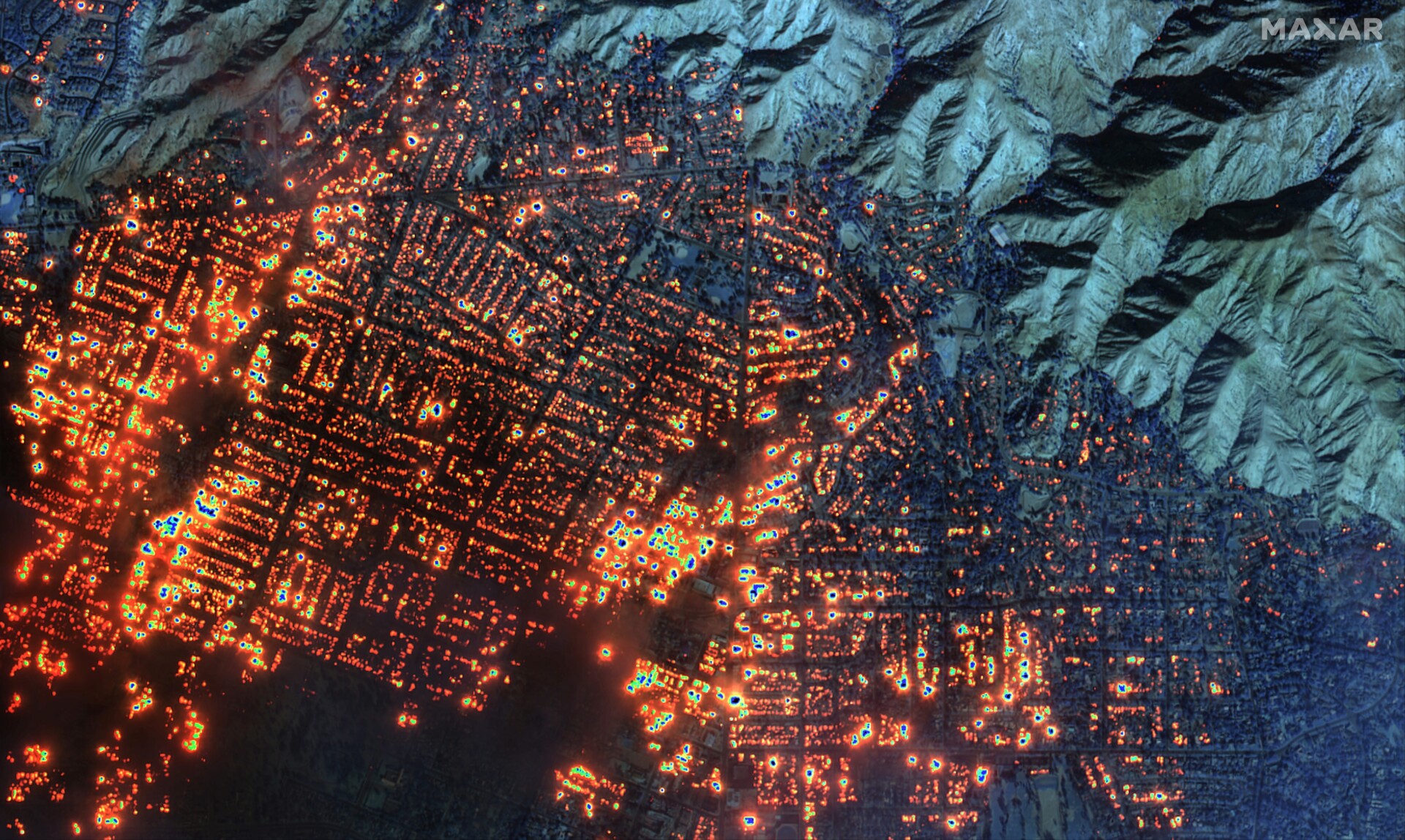
Support the Caltech and JPL Disaster Relief Fund
Support the Caltech and JPL communities impacted by Southern California's devastating fires.
-
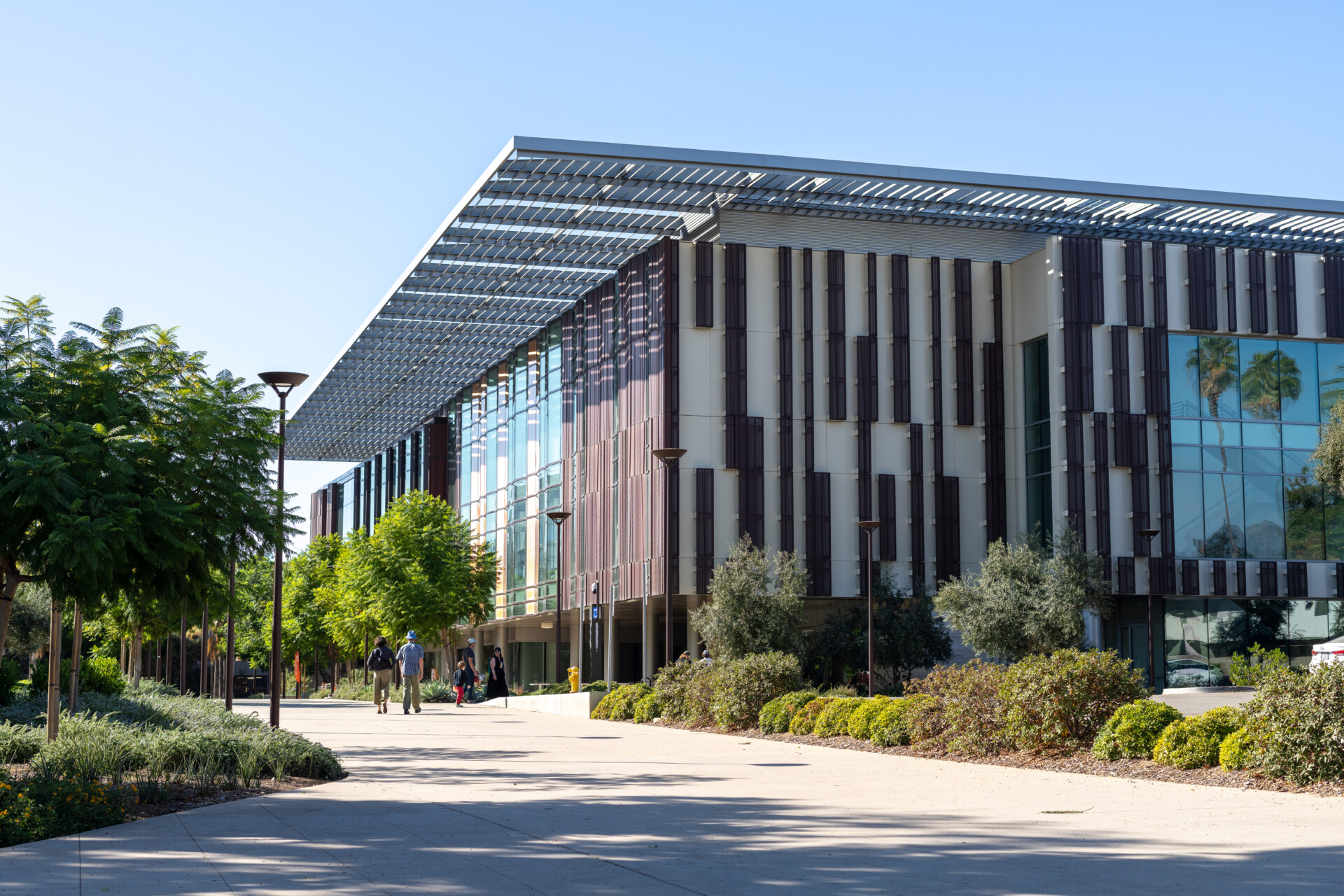
Resources and Response for the Caltech Community from President Thomas F. Rosenbaum
A message on resources and response for the Caltech community from Thomas F. Rosenbaum, Sonja and William Davidow Presidential Chair and Professor ...
-
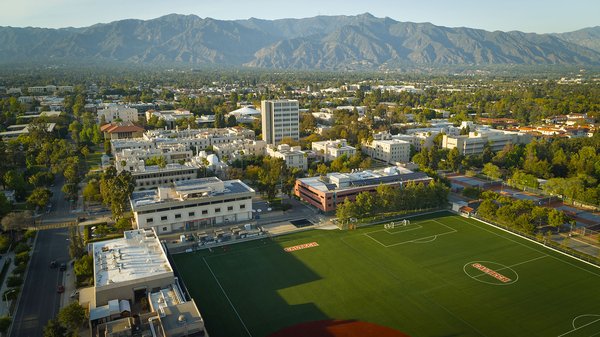
A Message to the Caltech Community from President Thomas F. Rosenbaum
President Rosenbaum addresses the impact of the Eaton, Palisades, and Hurst fires on our community and shares resources to support those affected.
-
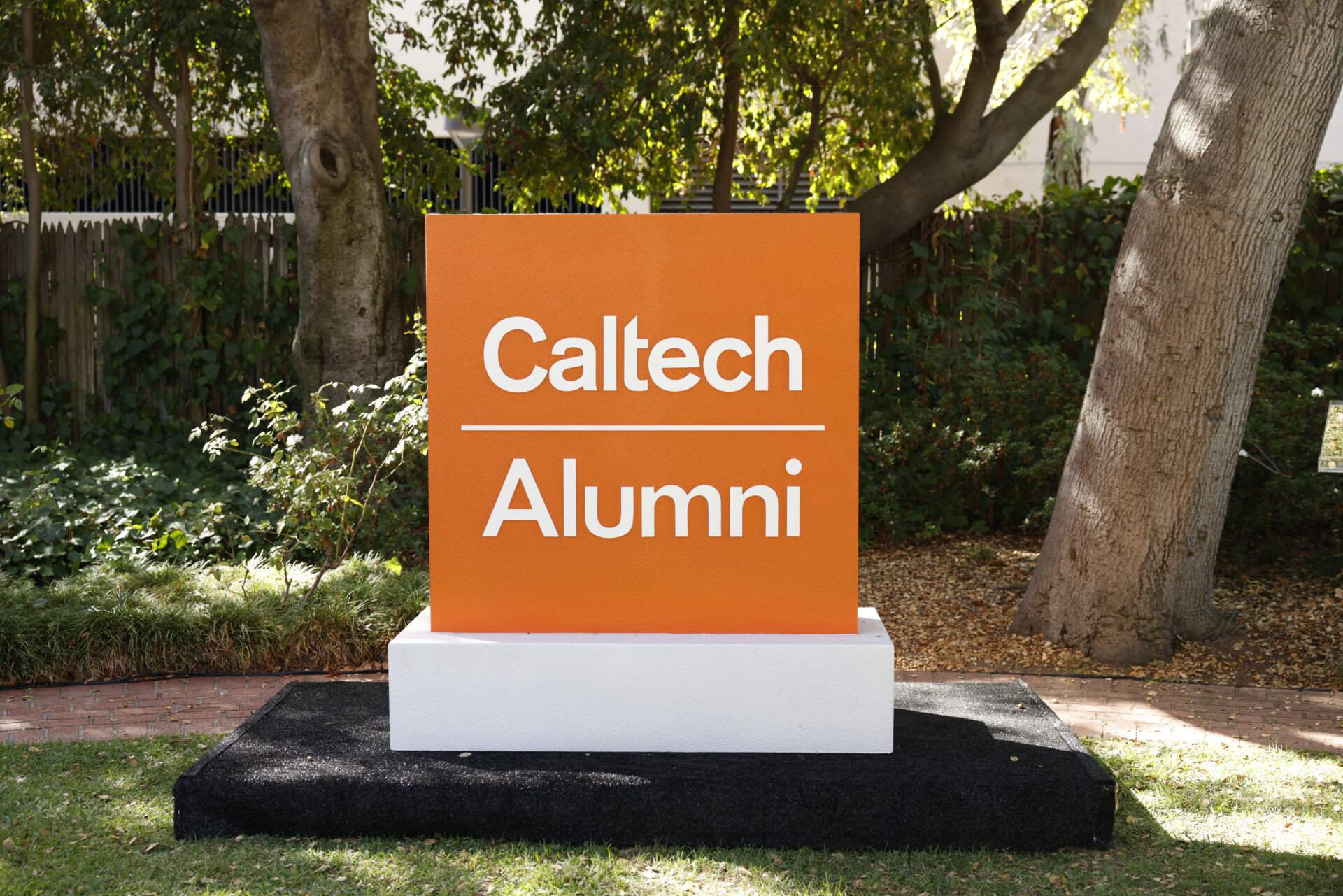
New Caltech Alumni Association Board of Directors Members and Officers Elected
The Caltech Alumni Association is pleased to introduce five new members of the Caltech Alumni Association’s Board of Directors and Officers.